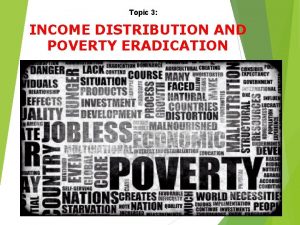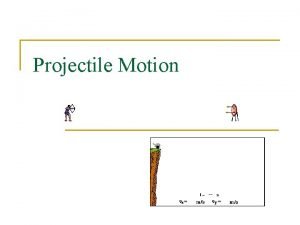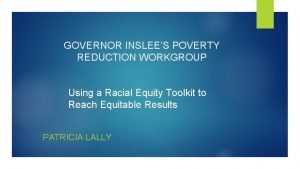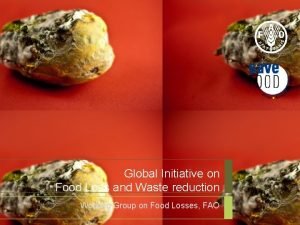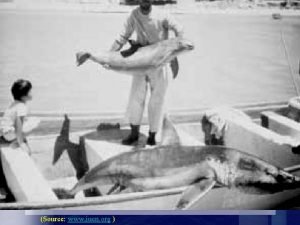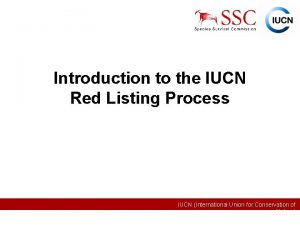Conservation for Poverty Reduction Initiative IUCN launched its



- Slides: 3

Conservation for Poverty Reduction Initiative • • • IUCN launched its Conservation for Poverty Reduction Initiative in September 2005 – with the aim of significantly expanding its work and impact on livelihood security of the poor Currently, 10 Regional Programmes, 10 Global Thematic Programmes and 6 Commissions implement around 120 projects and initiatives with direct relevance for livelihood security worldwide. Investment is nearly USD 25 million per year. IUCN Programmes are currently planning new major interventions to expand this work. The target is to invest around USD 300 million in five years. Most of effort in Africa. A just world that values and conserves nature

Conservation for Poverty Reduction Initiative • • Policy and field work: – National development and conservation policy, e. g. Poverty Reduction Strategies (PRSPs), sectoral strategies – Trade, markets, fiscal measures and economic instruments – Ecosystem management for livelihood security (e. g. protected areas, drylands management, fisheries) – Improved water and ecosystem management for human health – Reducing vulnerability of the poor to natural disasters and climate change, through improved preparedness and mitigation approaches – Restoration of degraded ecosystems (e. g. forests, grazing lands) to increase productivity in support of the rural poor – Support to improved access to efficient energy sources by the poor Governance of natural resources, social and gender equity and rights A just world that values and conserves nature

Conservation for Poverty Reduction Initiative • New proposals being developed on: • Protected areas and poverty: tools, approaches and capacity building • Addressing indigenous peoples’ poverty – regional and national actions • Improving drylands management especially in Africa • Exploring rights-based approaches to povertyconservation links • Reduce risk and vulnerability of the poor to natural disasters • Exploration of microfinance tools to support sustainable resource use A just world that values and conserves nature
